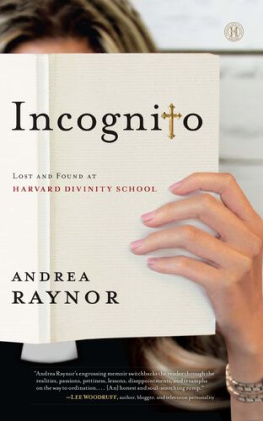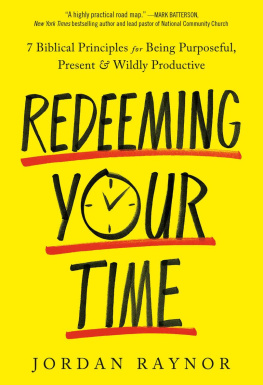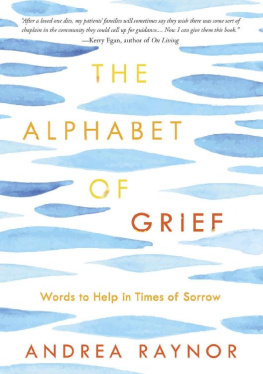NATIONAL INSTITUTE SOCIAL SERVICES LIBRARY
Volume 31
THE ADOPTED CHILD COMES OF AGE
First published in 1980 by George Allen & Unwin Ltd
This edition first published in 2022
by Routledge
2 Park Square, Milton Park, Abingdon, Oxon OX14 4RN
and by Routledge
605 Third Avenue, New York, NY 10158
Routledge is an imprint of the Taylor & Francis Group, an informa business
1980 Lois Raynor
All rights reserved. No part of this book may be reprinted or reproduced or utilised in any form or by any electronic, mechanical, or other means, now known or hereafter invented, including photocopying and recording, or in any information storage or retrieval system, without permission in writing from the publishers.
Trademark notice: Product or corporate names may be trademarks or registered trademarks, and are used only for identification and explanation without intent to infringe.
British Library Cataloguing in Publication Data
A catalogue record for this book is available from the British Library
ISBN: 978-1-03-203381-5 (Set)
ISBN: 978-1-00-321681-0 (Set) (ebk)
ISBN: 978-1-03-206568-7 (Volume 31) (hbk)
ISBN: 978-1-03-206572-4 (Volume 31) (pbk)
ISBN: 978-1-00-320284-4 (Volume 31) (ebk)
DOI: 10.4324/9781003202844
Publishers Note
The publisher has gone to great lengths to ensure the quality of this reprint but points out that some imperfections in the original copies may be apparent.
Disclaimer
The publisher has made every effort to trace copyright holders and would welcome correspondence from those they have been unable to trace.
First published in 1980
This book is copyright under the Berne Convention. All rights are reserved. Apart from any fair dealing for the purpose of private study, research, criticism or review, as permitted under the Copyright Act, 1956, no part of this publication may be reproduced, stored in a retrieval system, or transmitted, in any form or by any means, electronic, electrical, chemical, mechanical, optical, photocopying, recording or otherwise, without the prior permission of the copyright owner. Enquiries should be sent to the publishers at the undermentioned address:
GEORGE ALLEN & UNWIN LTD
40 Museum Street, London WC1A 1LU
Lois Raynor, 1980
British Library Cataloguing in Publication Data
Raynor, Lois
The adopted child comes of age. (National Insitute for Social Work. Social services library).
1. Adoption Great Britain Case studies
2. Parent and child Great Britain Case studies
301.427 HV887.G5 79-41348
ISBN 0-04-362029-9
ISBN 0-04-362030-2 Pbk
Typeset in 10 on 11 point Times by V & M Graphics Ltd, Aylesbury, Bucks and printed in Great Britain
by Unwin Brothers Ltd, Old Woking, Surrey
PART ONE LOOKING BACK ON ADOPTION
Chapter 1 ADOPTION IN RETROSPECT
This book is about the adoptive experience as it appears in retrospect to young adults who were adopted as children and as it is perceived by their adoptive parents. The information is based on a project undertaken and carried out by the Thomas Coram Foundation for Children and largely funded by that organisation. The aims of the project were to compare the experience of families where children had been adopted by foster parents with others where the children had been received directly for adoption, and to learn something about the role played by various other factors in the long-term outcome of the placements.
Questions galore arise even among professionals when adoption is discussed. What is the nature of adoptive family life over the years and what does it mean to those personally involved in it? What are its satisfactions and disappointments? How do adopted people feel about the family they were given, the opportunities they were offered? Do they fulfil their adoptive parents expectations? Are they reasonably happy and well-adjusted adults? Does it really matter whether the adoption grew out of a fostering relationship or was a permanent arrangement right from the start? For years, placement agencies have counselled parents to tell the child of his adoptive status, but even now too little is known of how or when adopted children actually learn that they once had other parents. In fact, much of adoption theory and practice is still based on impressions gathered from the limited experience of individual social workers or on follow-up studies made early in the familys life together. Later, the people who could answer these questions, that is, the grown-up adopted people themselves and their adoptive parents, have seldom been asked because of the difficulty of finding a sample that could be studied systematically.
The Thomas Coram Foundation for Children was particularly interested in learning how foster parent adoptions turn out, since its work had resulted in a good many such adoptions. It seemed that these families might be willing to share their experiences for the benefit of future adoptive families, thus making a systematic study possible. The Foundation, formerly known as the Foundling Hospital, had been a real pioneer in fostering, as it had boarded out babies from the Hospital from its inception over 200 years ago. Indeed, the famous eighteenth-century artist and benefactor of the Hospital William Hogarth and his wife were fostering some of the foundlings at the time of Hogarths death in 1764. Until modern times the children were boarded out only until they were 5 years old; then they were returned to the Hospital for education and training. When the Hospital finally discontinued institutional care, children were boarded out indefinitely unless their original mothers made a successful application to reclaim them, but beginning in 1947 some of the children began to be legally adopted by their foster parents.
In 1972, when the Foundation registered as an adoption society, over 500 foster children had already been legally adopted with the tacit approval of the agency and the active work of foster parents in securing the consent of the natural mothers. When it was found that more than 130 of those who had been legally adopted were now over 21 years old, the Foundation felt these young adults and the people who had adopted them, if they could be found after so many years, might be willing to take part in a study of how these adoptions had turned out. By sharing the recollection of their own personal experiences they could benefit many children in the future whose long-term care would be planned jointly by social agencies and natural parents. Many children in Britain and elsewhere continue to be placed with people who initially only plan to foster them, but later adopt them if natural parents give their consent. The number of such adoptions may increase, since the Children Act, 1975, now makes it possible for people who have fostered a child for five years to apply to the court for an adoption order without the placing agency necessarily agreeing to the plan. Little is known about how foster parent adoptions turn out, whether they are more, or less, satisfactory for adoptive parents and children in the long term than direct adoption in which natural parents are prepared to relinquish their rights and responsibilities and the adopters are prepared to commit themselves fully as parents to the child right from the start.
The Thomas Coram project with the author as its director was carried out by social workers primarily for other social workers and the families and children they serve. These are some of the questions the project originally sought to answer.









